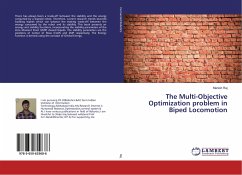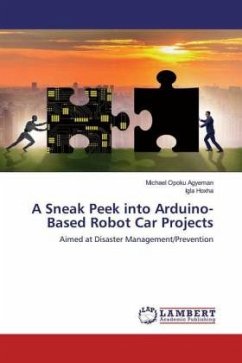Wheeled locomotion and legged locomotion have been studied by many researchers with various degrees of detail. On the contrary, the limbless locomotion has drawn very limited degree of interest. In limbless locomotion (of a serpent), the cyclic changes in the body shape is primarily responsible for locomotion. This research considers the development of an experimental serpentine robot for implementation of various serpentine and non-serpentine gaits. It also includes the laying out of serpentine, non-serpentine and synthetic locomotion gaits, including various innovative moves and postures, which were implemented on the serpentine robot. The gait implementation formalism termed as Joint Orientation Function (JOF) is considered as a major contribution of this research. Conventional techniques are limited to demonstrate only few gaits that are highly dependent on the design of specific robot configuration. On the other hand, joint orientation functions are versatile and parametric with limited parameters and can generate wide range of locomotion gaits as well as various static postures.








